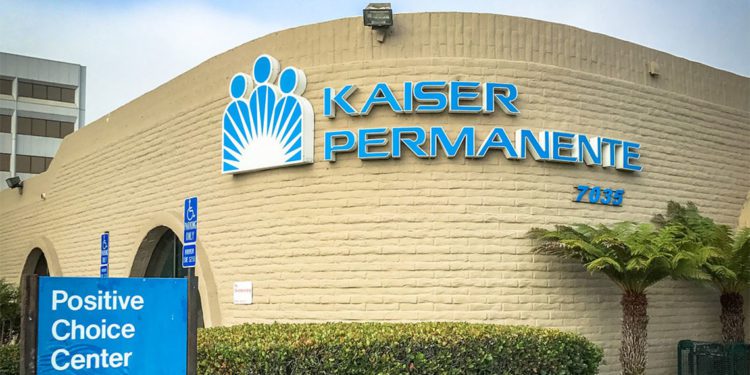On the surface, Kaiser Permanente appears to be an organization that provides great healthcare to its patients at an affordable price. But what do we really know about Kaiser, and why should you avoid it like the plague? Let’s dig deeper into the world of Kaiser and get to the truth of what this healthcare provider has been hiding from us for decades.
An Introduction to Kaiser
Kaiser Permanente is a non-profit healthcare organization based in California that serves 11.4 million members, as of 2012, through their insurance business and hospital operations. When combined with Kaiser Foundation Hospitals, Kaiser Permanente operates medical facilities which provide care for about 827,000 patients per day. In 2013, Kaiser received $69 billion in revenue from patients’ monthly health plans and hospital operations. That year they also earned $3 billion on investments, giving them a net income of $66 billion. Their net worth is approximately $59 billion and they employ 202,000 staff members at their 200+ hospitals across eight states: Arizona; California; Colorado; Georgia; Hawaii; Maryland; Oregon and Washington.
Why Don’t Americans Know About Kaiser?
Kaiser Permanente may be as big as any US health care provider, but most Americans don’t know about it. Kaiser focuses on group-based care rather than individualized service, which leads to lower costs and happier patients. That’s where kaiserpermanente comes in: kporg is an online community for employees of kaiser permanente. All together, they produce a human resources wonderland unlike anything else in healthcare or elsewhere—and yet most Americans have never heard of it. My HR KP is another way you can interact with and contribute to your employer’s community if you work at kaiser permanente or live near a certain clinic.
50 Years in the Making
Kaiser Permanente has been serving the Bay Area for more than 50 years and is one of the largest healthcare providers in Northern California. Recently, Kaiser launched KPorg, which aims to provide accessible health information to patients. Kaiser focuses on providing convenient and affordable care for its patients; providing quality service is a top priority, which is why they have continued to grow over the past five decades. Now with 20 hospitals and 80 medical offices in Northern California, it’s easy to see why so many people choose Kaiser as their primary healthcare provider. Patients are encouraged to get involved with the process of choosing doctors and making decisions about their care options.
What Is Its Mission?
Kaiser Permanente is a nonprofit, integrated health care delivery system with a mission to provide affordable, high-quality health care services and to improve the health of our members and communities. It delivers medical care through its own facilities in 12 states (California, Colorado, Hawaii, Idaho (east), Maryland, Oregon (west), Virginia (west) Washington (north), and Washington D.C.) while partnering with unaffiliated hospitals and physicians in other areas of its service area. Kaiser Foundation Hospitals operate in California and Hawaii. In 2014 Kaiser Foundation Health Plan members received 53 million outpatient visits at thousands of affiliated physicians’ offices across its service area.
How Do They Differ From Other Healthcare Providers?
You might have heard of Kaiser Permanente as a healthcare provider, but what you probably didn’t know is that they’re actually a hospital and health insurance company that serves more than 3 million members with medical, dental, vision, and prescription drug coverage. Founded in 1945 by industrialist Henry J. Kaiser (one of America’s greatest entrepreneurs), it was one of the first companies to provide group health insurance coverage for its employees. In 2015, their revenue totaled almost $50 billion, which allowed them to expand their business operations into Canada and Mexico. So how does Kaiser differ from other providers? They aren’t just your average provider. They offer quality care at affordable prices because they own both hospitals and an insurance company. Because they operate like a large private corporation, not a non-profit institution, their profits are returned to shareholders rather than being reinvested in services or distributed among physicians—as is typical with most non-profit institutions. This means they can afford to pay higher salaries to doctors without raising premiums for patients—and many people would argue that you get better service as a result!











